Pest control is an essential part of agriculture, as pests can damage crops, reduce yields, and affect the quality of the produce. Pest control methods depend on the type of pest, the crop, the climate, and the farmer’s preferences.

Introduction to Pest Control Cost Per Acre in India
Pest control costs per Acre in India depend on various factors, such as the type of pest control method (chemical or organic), the availability and quality of inputs, the labor and equipment costs, the frequency and intensity of application, and the market demand and prices. The average pest control costs per Acre in India for chemical and organic methods and compare them across different regions, crops, and scenarios. We will also provide:
- Expert analysis.
- Comprehensive pricing guides.
- Cost-efficient strategies.
- Latest trends.
- Tailored solutions for pest control in India.
Region-Specific Pest Control Pricing: How Much Does It Cost Per Acre in Different Parts of India?
India is a diverse country with different climatic zones, soil types, cropping patterns, and pest problems. Therefore, pest control costs per Acre in India vary significantly across different regions. According to a study by the National Centre for Agricultural Economics and Policy Research, the average cost of chemical pest control per hectare (2.47 acres) in India was Rs. 1,027 in 2015-16.
However, this cost ranged from Rs. 433 in Himachal Pradesh to Rs. 2,114 in Punjab. Similarly, the average cost of organic pest control per hectare in India was Rs. 1,165 in 2015-16, but it ranged from Rs. 383 in Uttarakhand to Rs. 2,635 in Kerala.
Type and Severity of Pests: Some regions have more pest problems than others due to factors such as temperature, humidity, rainfall, crop diversity, etc. For example, Punjab faces high pest pressure from insects such as whiteflies, aphids, jassids, thrips, etc., which require frequent and intensive chemical spraying. On the other hand, Himachal Pradesh has fewer pest problems due to its cooler climate and hilly terrain.
Type and Availability of Inputs: Some regions have better access to quality inputs, such as pesticides, biopesticides, neem oil, etc., than others. For example, Kerala has a well-developed organic farming sector, which provides a range of organic inputs for pest control at affordable prices. On the other hand, Uttarakhand has limited availability of organic inputs due to its remoteness and low market demand.
In case you missed it: Pest Management in Paddy at Panicle Initiation Stage: Best Pest Control Strategies
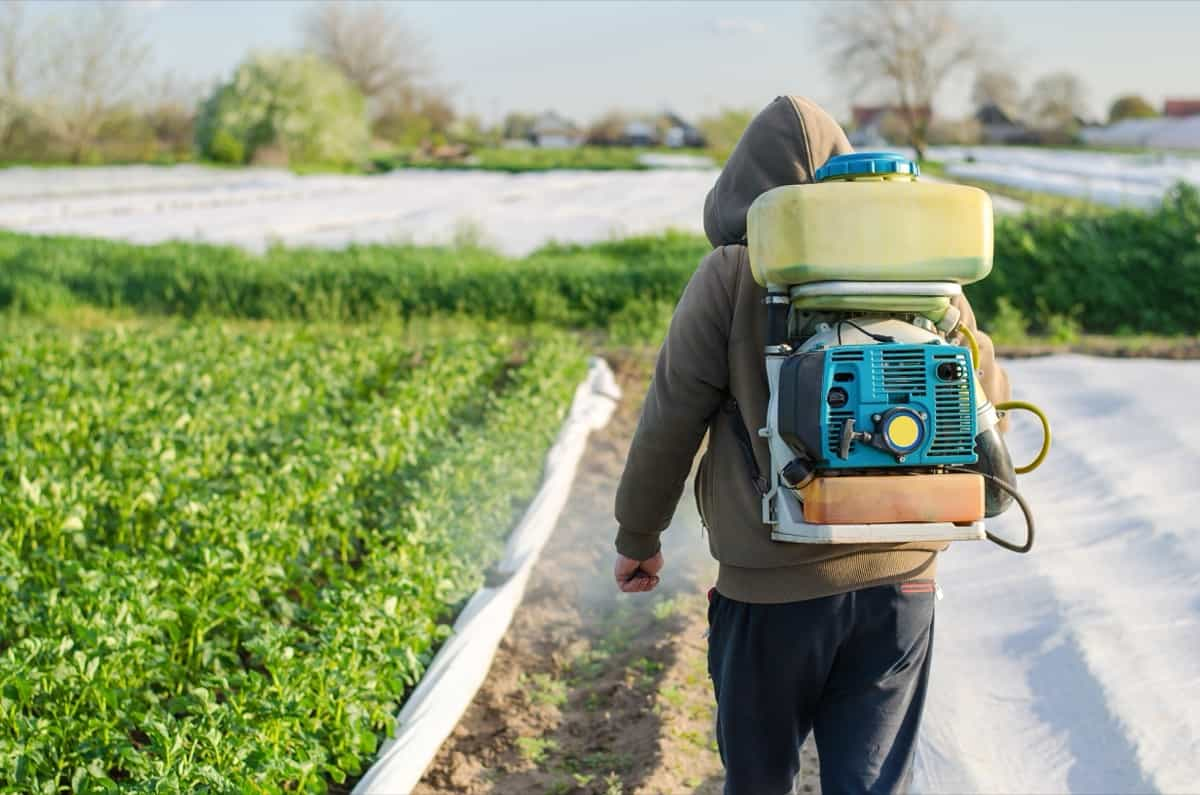
Type and Cost of Labor and Equipment: Some regions have higher labor and equipment costs than others due to factors such as wage rates, mechanization levels, transportation costs, etc. For example, Punjab has a high level of mechanization, which reduces labor costs but increases equipment costs for pest control. On the other hand, Himachal Pradesh has a low level of mechanization, which increases labor costs but reduces equipment costs for pest control.
Organic vs Chemical Pest Control: Cost Comparison Per Acre in India
Organic pest control employs natural or biological methods, including crop rotation, intercropping, and biofertilizers, fostering safety for human health and the environment. It proves more sustainable, enhancing soil fertility and biodiversity, leading to improved crop quality and stable yields. This approach reduces long-term costs, increases market value, and meets consumer demand.
However, it faces challenges, needing to be more immediately effective, labor-intensive, and entailing higher initial expenses, potentially causing lower yields initially. Despite these drawbacks, the organic method stands as a holistic, eco-friendly approach, prioritizing long-term health and sustainability in agricultural practices.
In contrast, chemical pest control relies on synthetic methods like insecticides and herbicides, posing risks to human health, the environment, and sustainability. The choice between these methods hinges on balancing immediate control and long-term benefits in the dynamic landscape of agriculture. The average cost of organic pest control per Acre in India was Rs. 473 in 2018-19, while the average cost of chemical pest control per Acre in India was Rs. 416 in the same year.
Average Pest Control Expenses Per Acre in India’s Agricultural Sector
Pest control is one of the major expenses in India’s agricultural sector, as pests cause significant losses to crops and affect the income and livelihood of farmers. According to a report by the Federation of Indian Chambers of Commerce and Industry, the total cost of pest control in India’s agricultural sector was Rs. 36,000 crore in 2019-20, which accounted for about 10% of the total input cost of agriculture.
The average pest control expenses per Acre in India’s agricultural sector vary depending on the type of crop, as different crops have different pest problems and require different pest control methods. The average cost of pest control per Acre for different crops in India
| Rice | Rs. 1,099 |
| Wheat | Rs. 1,007 |
| Maize | Rs. 1,264 |
| Pulses | Rs. 1,029 |
| Oilseeds | Rs. 1,113 |
| Cotton | Rs. 2,066 |
| Sugarcane | Rs. 1,049 |
| Fruits | Rs. 2,287 |
| Vegetables | Rs. 2,510 |
In case you missed it: How to Control Pests and Diseases in Mushrooms: Best Way to Manage with Natural and Organic Remedies
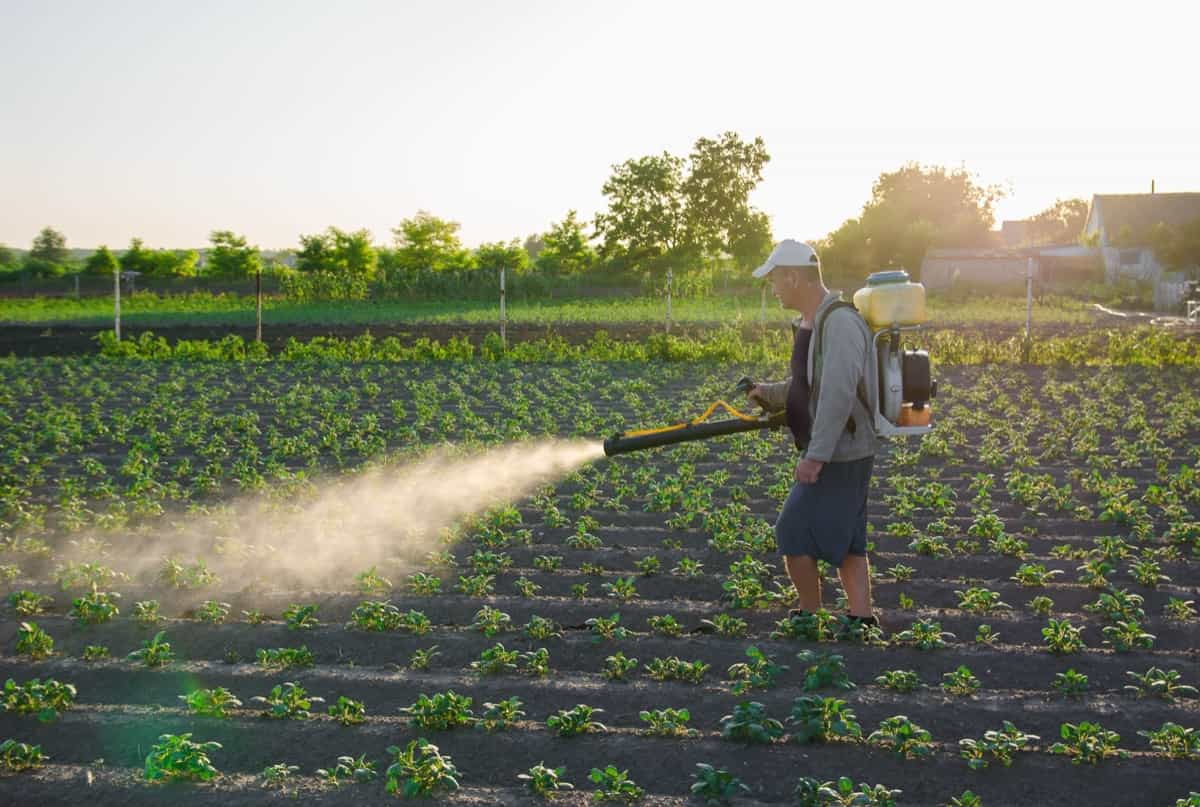
Breakdown of Pest Control Costs Per Acre Across India
Rice: Rice is one of the most widely grown crops in India and also one of the most vulnerable to pests. The average cost of pest control for rice was Rs. 2,214 per acre in 2018-19. However, this cost varied significantly across states, ranging from Rs. 1,074 per acre in Bihar to Rs. 4,181 per acre in Punjab. The main methods of pest control for rice include chemical pesticides, biological control agents, and integrated pest management (IPM).
Cotton: Cotton is another major crop in India and also a lucrative one for farmers. However, cotton is also prone to various pests, such as bollworms, aphids, whiteflies, and jassids. The average cost of pest control for cotton was Rs. 3,764 per acre in 2018-19, according to ICAR. The cost varied from Rs. 2,256 per acre in Gujarat to Rs. 6,038 per acre in Maharashtra. The main methods of pest control for cotton include chemical pesticides, genetically modified (GM) seeds, and IPM.
Wheat: Wheat is a staple crop in India and is also relatively less affected by pests than rice and cotton. The average cost of pest control for wheat was Rs. 1,026 per acre in 2018-19, according to ICAR. The cost ranged from Rs. 546 per acre in Madhya Pradesh to Rs. 1,788 per acre in Haryana. The main methods of pest control for wheat include chemical pesticides and IPM.
Comprehensive Pricing Guide for Pest Control Services Per Acre in India
The cost of professional pest control services in India depends on several factors, such as the type of pest, the area of the farm, the number of treatments required, and the quality of service. The average pest control charges in India start at Rs 1000 per Acre, but they can vary significantly depending on the region and the severity of the infestation.
For instance, the cost of general pest control may range from Rs 900 to Rs 1500, while the cost of termite control may range from Rs 1500 to Rs 9000. The cost of pest control for crops may also differ depending on the type of crop and the pest management technique used. For example, the cost of pest and disease management in potato cultivation may range from Rs 15,000 to Rs 20,000 per hectare.
Cost-Efficient Pest Control Strategies for Indian Acres
India can reduce pest control costs per Acre by adopting cost-efficient pest control strategies that minimize chemical use and maximize natural and biological methods. These strategies include Integrated Pest Management (IPM), which combines cultural, mechanical, biological, and chemical methods to achieve optimal pest management with minimal environmental impact. IPM involves:
- Monitoring pest populations.
- Identifying pests and their natural enemies.
- Using pest-resistant varieties.
- Practicing crop rotation and intercropping.
- Enhancing natural predators and parasitoids.
- Using biopesticides and botanicals.
- Applying chemical pesticides only when necessary.
Organic farming, which relies on natural inputs and processes, can reduce pest control costs by enhancing soil health, biodiversity, and crop resilience. High-tech farming, which uses advanced technologies like drones, sensors, GPS, remote sensing, AI, and big data analytics, can also help farmers monitor crop conditions, detect pests and diseases early, apply inputs accurately, and optimize crop management.
How Pest Infestation Severity Affects Control Costs Per Acre in India
The severity of pest infestation is one of the main factors that affect pest control costs per Acre in India. The higher the level of infestation, the higher the cost of pest control. This is because more severe infestations require more frequent and intensive treatments, more labor and machinery costs, more input costs, and more crop losses. Therefore, it is important to prevent or detect pest infestations early and take appropriate measures to control them before they become too severe.
In case you missed it: How to Control Common Plant Pests: Homemade Natural and Organic Remedies to Prevent Plant Bugs
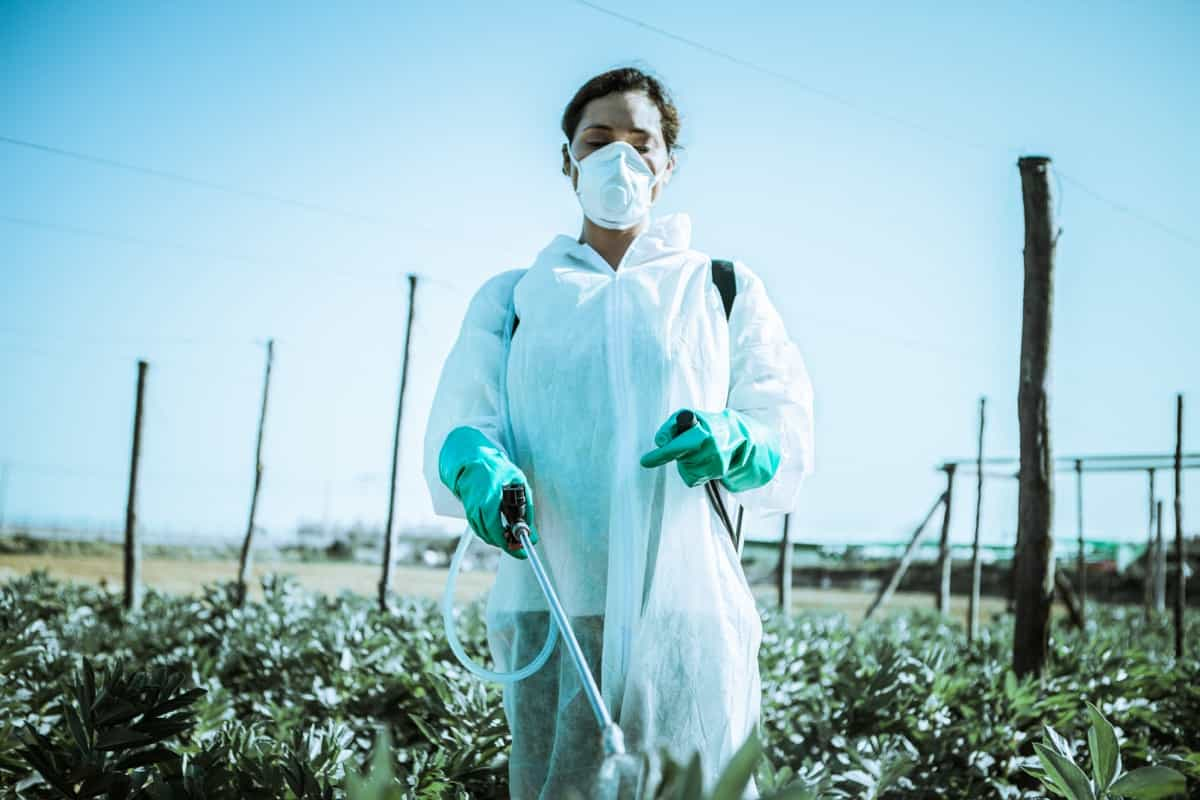
Latest Trends in Pest Control Costs Per Acre for Indian Agriculture
Pest control costs per Acre for Indian agriculture are influenced by various factors, such as market prices, government policies, climate change, and consumer preferences. Some of the latest trends that affect these costs are:
Rising Input Prices: The prices of seeds, fertilizers, pesticides, and other inputs have been increasing due to various reasons, such as inflation, supply-demand imbalance, and global trade disruptions. This has increased the cost of pest control per Acre for Indian farmers.
Government Subsidies and Support Programs: The government of India provides various subsidies and support programs to help farmers reduce their input costs and increase their profitability. Some of these programs are the Pradhan Mantri Fasal Bima Yojana (PMFBY), the Pradhan Mantri Krishi Sinchayee Yojana (PMKSY), the National Mission on Sustainable Agriculture (NMSA), and the Rashtriya Krishi Vikas Yojana (RKVY). These programs can help farmers lower their pest control costs per Acre by providing crop insurance, irrigation facilities, soil health cards, and other benefits.
Climate Change: Climate change is a major challenge for Indian agriculture, as it affects the weather patterns, crop growth, and pest dynamics. Climate change can increase the pest control costs per Acre by altering the pest distribution, population, and behavior, increasing the pest resistance to pesticides, and reducing the effectiveness of natural and biological control methods.
Consumer Preferences: Consumer preferences are also changing in India, as more people are becoming aware of the health and environmental impacts of chemical pesticides and GMOs. More consumers are demanding organic, natural, and pesticide-free products, which can increase the demand and price for such products. This can create an opportunity for farmers to adopt cost-efficient and eco-friendly pest control methods and earn higher returns.
Evaluating Pest Control Investment: Per Acre Cost Analysis in India
Pest control is a crucial investment for Indian farmers, as it can enhance crop quality, reduce losses, and boost income. However, it requires careful evaluation to ensure its profitability and sustainability. Farmers can conduct a per-acre cost analysis to compare the costs and benefits of different pest control options.
This analysis helps estimate the total cost of pest control, including direct and indirect costs, gross return, net return, and benefit-cost ratio (BCR). A higher BCR indicates profitability, while a lower BCR indicates non-profitability. The analysis helps farmers estimate the total cost, gross return, net return, and BCR, ensuring the best approach for their specific needs.
Innovative Pest Control Techniques and Their Costs Per Acre in India
Indian farmers have been innovating and experimenting with various pest control techniques to reduce their costs and increase their efficiency. Some of these innovative techniques are:
Biocontrol Agents: Biocontrol agents are living organisms that can suppress pests by parasitizing, predating, or competing with them. Some examples of biocontrol agents are ladybugs, lacewings, trichogramma wasps, braconid wasps, nematodes, fungi, bacteria, and viruses. Biocontrol agents can reduce pest control costs by reducing the need for chemical pesticides and enhancing crop health.
Pheromone Traps: Pheromone traps are that use synthetic chemicals that mimic the natural sex attractants of pests to lure and trap them. Pheromone traps can reduce pest control costs by monitoring pest populations, disrupting mating behavior, and reducing pesticide use.
Nanopesticides: Nanopesticides are pesticides that use nanotechnology to deliver active ingredients in smaller and more precise doses. Nanopesticides can reduce pest control costs by improving pesticide efficacy, reducing pesticide resistance, minimizing environmental contamination, and enhancing crop safety.
In case you missed it: Integrated Pest Management for Greenhouse Crops: IPM Strategies for Greenhouse Plants
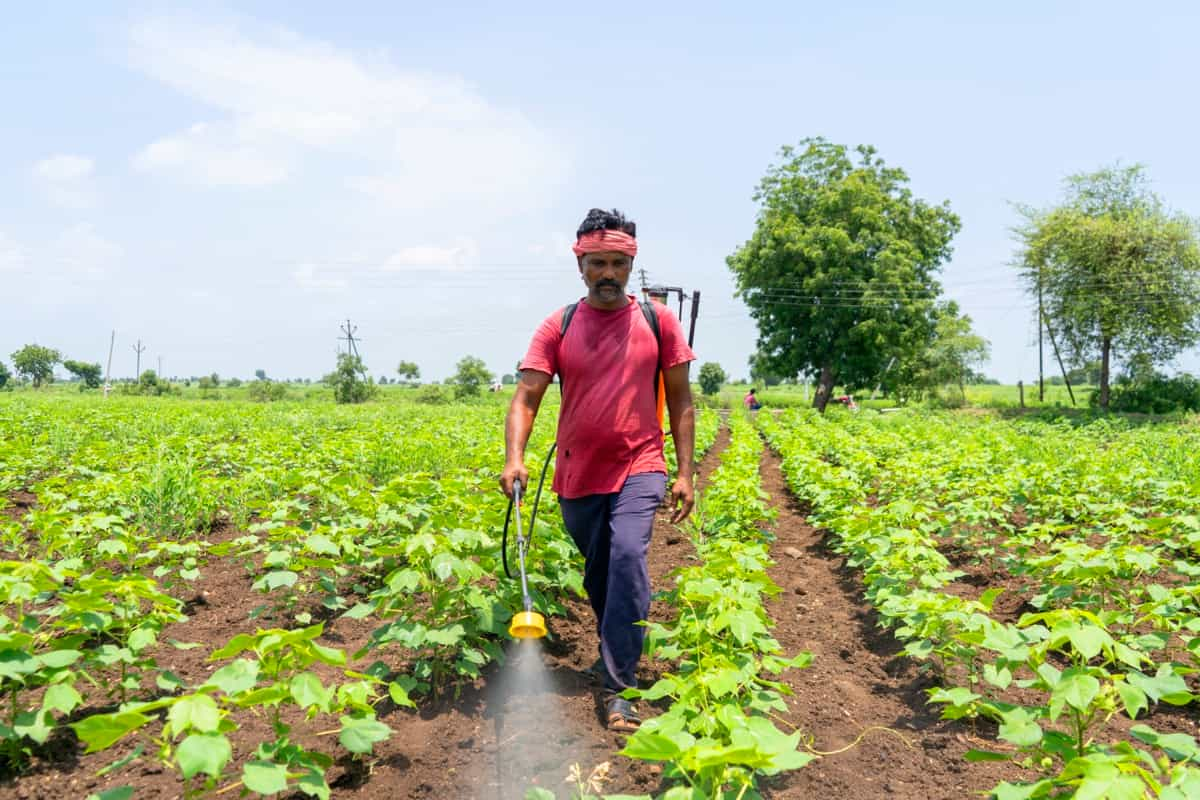
Comparative Study of Pest Control Costs Per Acre in India
| Crop | Region | Type of Pest | Intensity of Pest Infestation | Frequency of Pest Infestation | Methods and Products Used for Pest Control | Cost Per Acre (Rs.) |
| Rice | Punjab | Insect pests | High | High | Chemical pesticides | 2,000 – 3,000 |
| Rice | Kerala | Weed pests | High | High | Mechanical weeding + herbicides | 1,500 – 2,500 |
| Wheat | Madhya Pradesh | Insect pests + weed pests | Moderate | Moderate | Chemical pesticides + herbicides | 1,000 – 1,500 |
| Wheat | Rajasthan | Insect pests + weed pests + disease pests | Low | Low | IPM techniques + biological agents + fungicides | 500 – 1,000 |
| Cotton | Gujarat | Insect pests + disease pests | High | High | Chemical pesticides + fungicides + biopesticides | 3,000 – 4,000 |
| Cotton | Maharashtra | Insect pests + disease pests | Moderate | Moderate | IPM techniques + biopesticides + fungicides | 2,000 – 3,000 |
Tailored Pest Control Solutions: Customized Costing Per Acre in India
In India, optimizing pest control costs per Acre can be achieved by adopting tailored solutions tailored to each farm’s specific needs. These solutions include selecting the most suitable crop variety, selecting the most appropriate pest management technique, applying the most effective input dosage, and scheduling the optimal timing for input application, crop monitoring, and harvesting. This approach ensures that farmers receive the best possible pest control and minimizes their costs.
Pest Control Financial Planning: Per Acre Cost Insights for Indian Landowners
Pest control is a crucial practice for farmers to protect their crops from diseases, insects, rodents, and weeds, thereby improving the quality and quantity of their produce. It involves various methods, such as biological, chemical, mechanical, or cultural control.
Financial planning, a crucial process for Indian landowners, estimates the costs and revenues of farming activities, making decisions based on expected profitability and sustainability. Per Acre cost is a key indicator of financial planning, reflecting the expenses incurred for cultivating a unit area of land, which can vary depending on factors like crop type, input use, labor, irrigation, land rent, and market prices.
In case you missed it: Integrated Pest Management in Landscaping: IPM Strategies for Sustainable Landscaping
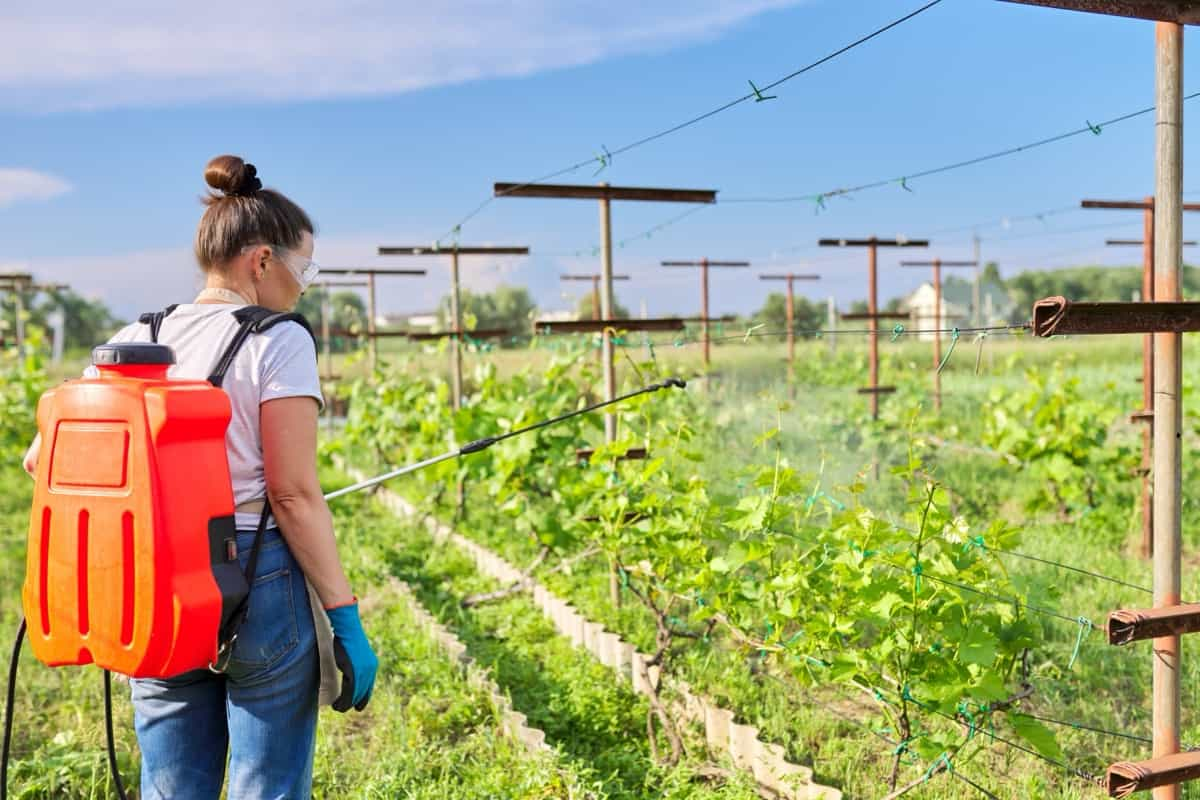
Conclusion
Navigating pest control costs per Acre in India reveals a spectrum influenced by crop types, pest management techniques, and regional nuances. On average, chemical pest control hovers around Rs 1700, with a range of Rs 1500 to Rs 3000. Organic methods showcase diverse costs, reflecting the dynamic landscape of agricultural practices.
- Types of Pesticides Used in Agriculture: A Beginner’s Guide
- Economical Aquaculture: A Guide to Low-Budget Fish Farming
- 15 Common Planting Errors That Can Doom Your Fruit Trees
- How to Make Houseplants Bushy: Effective Tips and Ideas
- Innovative Strategies for Boosting Coconut Pollination and Yield
- Pollination Strategies for Maximum Pumpkin Yield
- The Complete Guide to Chicken Fattening: Strategies for Maximum Growth
- Natural Solutions for Tulip Problems: 100% Effective Remedies for Leaf and Bulb-Related Issues
- Revolutionizing Citrus Preservation: Towards a Healthier, Greener Future
- Natural Solutions for Peony Leaf and Flower Problems: 100% Effective Remedies
- Maximizing Profits with Avocado Contract Farming in India: A Comprehensive Guide
- Natural Solutions for Hydrangea Problems: 100% Effective Remedies for Leaf and Flowers
- The Ultimate Guide to Choosing the Perfect Foliage Friend: Bringing Life Indoors
- From Sunlight to Sustainability: 15 Ways to Use Solar Technology in Agriculture
- The Ultimate Guide to Dong Tao Chicken: Exploring from History to Raising
- The Eco-Friendly Makeover: How to Convert Your Unused Swimming Pool into a Fish Pond
- Mastering the Art of Delaware Chicken Farming: Essentials for Healthy Backyard Flocks
- 20 Best Homemade Fertilizers for Money Plant: DIY Recipes and Application Methods
- How to Craft a Comprehensive Free-Range Chicken Farming Business Plan
- Brighten Your Flock: Raising Easter Egger Chickens for Beauty and Bounty
- How to Optimize Your Poultry Egg Farm Business Plan with These Strategies
- Subsidy for Spirulina Cultivation: How Indian Government Schemes Encouraging Spirulina Farmers
- Ultimate Guide to Raising Dominique Chickens: Breeding, Feeding, Egg-Production, and Care
- Mastering the Art of Raising Jersey Giant Chickens: Care, Feeding, and More
- Ultimate Guide to Raising Legbar Chickens: Breeding, Farming Practices, Diet, Egg-Production
- How to Raise Welsummer Chickens: A Comprehensive Guide for Beginners
- How to Protect Indoor Plants in Winter: A Comprehensive Guide
- Ultimate Guide to Grow Bag Gardening: Tips, Tricks, and Planting Ideas for Urban Gardeners
- Guide to Lotus Cultivation: How to Propagate, Plant, Grow, Care, Cost, and Profit
- Agriculture Drone Subsidy Scheme: Government Kisan Subsidy, License, and How to Apply Online
- Ultimate Guide to Raising Araucana Chickens: Breed Profile, Farming Economics, Diet, and Care
- Bringing Hydroponics to Classroom: Importance, Benefits of Learning for School Students
- Ultimate Guide to Raising Polish Chickens: Breed Profile, Farming Economics, Diet, and Care
- Ultimate Guide to Raising Australorp Chickens: Profile, Farming Economics, Egg Production, Diet, and Care
- Silkie Chicken Farming: Raising Practices, Varieties, Egg Production, Diet, and Care
- Sussex Chicken Farming: Raising Practices, Varieties, Egg Production, Diet and Care